If the locally led approach to agri-environmental schemes does nothing else, it brings farmers together and unites them through a common goal. The idea of collectively asking farmers to share their problems, opinions and ideas might sound like it’s not far off a counselling session. But in fact, locally led schemes empower farmers to bring solutions to their problems on to a national and global platform.
“The social aspect of locally led is very big because there is a lot of information sharing between farmers involved,” said Brendan Dunford, project manager of Burren Life. “Working together combats rural isolation. Farmers are now becoming spokespersons for Burren Life themselves because the process empowers them and gives them confidence.”
National schemes do not get the same level of engagement from farmers, but if you ask a stakeholder about their locally led project, it is likely to be a lengthy conversation. In the case of the Burren, the farmers felt they were being ignored and had to do something about it.
Whether or not the catalyst to start the process comes from an external or internal source does not matter – the key is that it is driven from the ground up.
“It is critical that it is farmer led,” said Dunford. “You have to be willing to stick with it because it is a long-term commitment. What you put in is what you get out. The best ones are when the locals are behind it and they don’t wait for a consultant to come along and sort all the problems.”
Complaining about national schemes achieves very little. Farmers who want to create a locally led scheme have to ask themselves what they would do if they were in charge:
1. What problems do farmers face in our local environment?
2. What are the practical solutions to those problems?
3. Where can we go to get help?
“If the environment is better, farmers are the first to benefit,” said Dunford, adding that locally led schemes “change the social dynamic between farmers. Older farmers bring in contractors, who are also farmers, to carry out works on their farm, which means you get two or three farmers working together.”
A database of about 70 local people, mostly farmers, is available to farmers in the Burren looking for help. By hiring two or three people to do jobs under the Burren Life programme it helps the money circulate more widely in the local economy.
Events
Farmer training occurs around November every year in the Burren. Beginning with a classroom session, farmers get an update on their programme and its progress and are helped with their paperwork. This is followed by a two or three hour field trip to a local farm. It’s usually a very sociable occasion that’s full of conversation.
The Burren Winterage School also brings farmers together for a conference to participate both as speakers and audience members, discussing issues around sustainable farming. Last year more than 140 delegates from all over the EU attended the three-day event, which included the Bord Bia Origin Green Farming for Conservation Awards.
Engaging with the community
In order for a locally led scheme to be successful, it must engage with the wider community in order to educate locals about the environmental, economic and social benefits of running it.
At the Burren winterage weekend, farmers hold open days, demonstrate skills such as butter making and hold sheepdog trials. They hold farmer-led walks and the famous cattle drove where a farmer brings his herd back to the hills accompanied by people from near and far, preceded and followed by food, drink and music. This ancient transhumance, seasonal movement of stock between summer and winter pastures, tradition is not unique to the Burren. People living in Alpine regions also celebrate this with traditional clothing, cow bells and festivities.
“Sustainability is about the local economy, environment and community,” said Dunford. “By having a social side to it you are delivering for everyone.”
Combating rural issues
Throughout this year’s general election, the key rural issues repeatedly raised were of rural crime and isolation. The main priority for the Wicklow Uplands Council (WUC) in creating a locally led agri-environmental scheme is to keep young farmers on the hills.
“These schemes keep young farmers up here on the hills,” said Brian Dunne, acting co-ordinator of the WUC, who emphasises that farming on the mountains must be viable for farm families in order to attract young farmers into it. “Aging farmers live by themselves, which causes rural crime and land abandonment.”
By bringing people together for meetings and workshops, the Wicklow Uplands Council and other locally led groups are helping to combat the rural isolation problem. Furthermore, the locally led idea also feeds into the wider economy. In Wicklow, it will create a new job for someone to administer the scheme. Informative walkways, such as those suggested by the KerryLIFE project, sustain a tourism and recreational aspect to these schemes and attract more people to the area.
Results-Based
Agri-environmental Pilot Scheme (RBAPS)
Three European pilot areas secured €1.4m over three and a half years to develop and implement agri-environmental schemes where the payments are related to concrete results on the ground. Two of the RBAPS projects are being run in Ireland and started at the beginning of last year. Pilot areas:
Lowland semi-natural grasslands in Leitrim.The Shannon Callows.Meditteranean upland areas of Navarra, Spain.
If the locally led approach to agri-environmental schemes does nothing else, it brings farmers together and unites them through a common goal. The idea of collectively asking farmers to share their problems, opinions and ideas might sound like it’s not far off a counselling session. But in fact, locally led schemes empower farmers to bring solutions to their problems on to a national and global platform.
“The social aspect of locally led is very big because there is a lot of information sharing between farmers involved,” said Brendan Dunford, project manager of Burren Life. “Working together combats rural isolation. Farmers are now becoming spokespersons for Burren Life themselves because the process empowers them and gives them confidence.”
National schemes do not get the same level of engagement from farmers, but if you ask a stakeholder about their locally led project, it is likely to be a lengthy conversation. In the case of the Burren, the farmers felt they were being ignored and had to do something about it.
Whether or not the catalyst to start the process comes from an external or internal source does not matter – the key is that it is driven from the ground up.
“It is critical that it is farmer led,” said Dunford. “You have to be willing to stick with it because it is a long-term commitment. What you put in is what you get out. The best ones are when the locals are behind it and they don’t wait for a consultant to come along and sort all the problems.”
Complaining about national schemes achieves very little. Farmers who want to create a locally led scheme have to ask themselves what they would do if they were in charge:
1. What problems do farmers face in our local environment?
2. What are the practical solutions to those problems?
3. Where can we go to get help?
“If the environment is better, farmers are the first to benefit,” said Dunford, adding that locally led schemes “change the social dynamic between farmers. Older farmers bring in contractors, who are also farmers, to carry out works on their farm, which means you get two or three farmers working together.”
A database of about 70 local people, mostly farmers, is available to farmers in the Burren looking for help. By hiring two or three people to do jobs under the Burren Life programme it helps the money circulate more widely in the local economy.
Events
Farmer training occurs around November every year in the Burren. Beginning with a classroom session, farmers get an update on their programme and its progress and are helped with their paperwork. This is followed by a two or three hour field trip to a local farm. It’s usually a very sociable occasion that’s full of conversation.
The Burren Winterage School also brings farmers together for a conference to participate both as speakers and audience members, discussing issues around sustainable farming. Last year more than 140 delegates from all over the EU attended the three-day event, which included the Bord Bia Origin Green Farming for Conservation Awards.
Engaging with the community
In order for a locally led scheme to be successful, it must engage with the wider community in order to educate locals about the environmental, economic and social benefits of running it.
At the Burren winterage weekend, farmers hold open days, demonstrate skills such as butter making and hold sheepdog trials. They hold farmer-led walks and the famous cattle drove where a farmer brings his herd back to the hills accompanied by people from near and far, preceded and followed by food, drink and music. This ancient transhumance, seasonal movement of stock between summer and winter pastures, tradition is not unique to the Burren. People living in Alpine regions also celebrate this with traditional clothing, cow bells and festivities.
“Sustainability is about the local economy, environment and community,” said Dunford. “By having a social side to it you are delivering for everyone.”
Combating rural issues
Throughout this year’s general election, the key rural issues repeatedly raised were of rural crime and isolation. The main priority for the Wicklow Uplands Council (WUC) in creating a locally led agri-environmental scheme is to keep young farmers on the hills.
“These schemes keep young farmers up here on the hills,” said Brian Dunne, acting co-ordinator of the WUC, who emphasises that farming on the mountains must be viable for farm families in order to attract young farmers into it. “Aging farmers live by themselves, which causes rural crime and land abandonment.”
By bringing people together for meetings and workshops, the Wicklow Uplands Council and other locally led groups are helping to combat the rural isolation problem. Furthermore, the locally led idea also feeds into the wider economy. In Wicklow, it will create a new job for someone to administer the scheme. Informative walkways, such as those suggested by the KerryLIFE project, sustain a tourism and recreational aspect to these schemes and attract more people to the area.
Results-Based
Agri-environmental Pilot Scheme (RBAPS)
Three European pilot areas secured €1.4m over three and a half years to develop and implement agri-environmental schemes where the payments are related to concrete results on the ground. Two of the RBAPS projects are being run in Ireland and started at the beginning of last year. Pilot areas:
Lowland semi-natural grasslands in Leitrim.The Shannon Callows.Meditteranean upland areas of Navarra, Spain. 



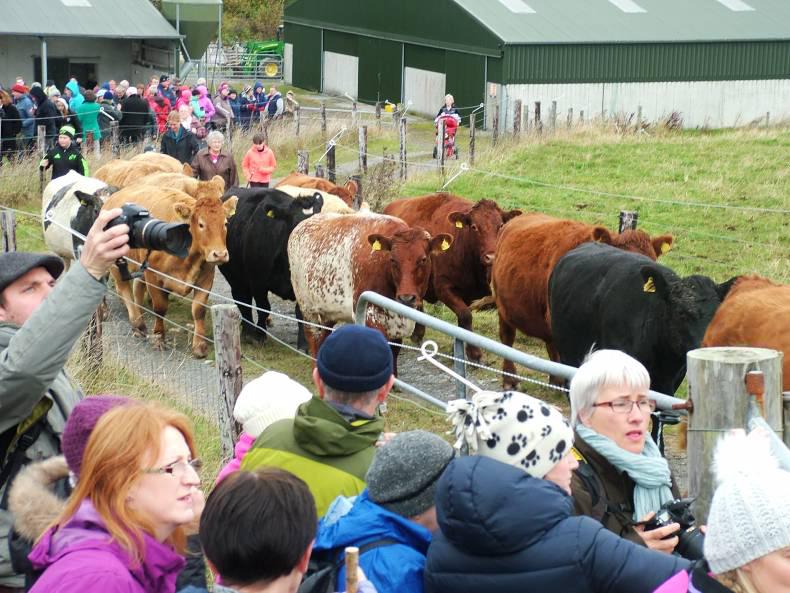
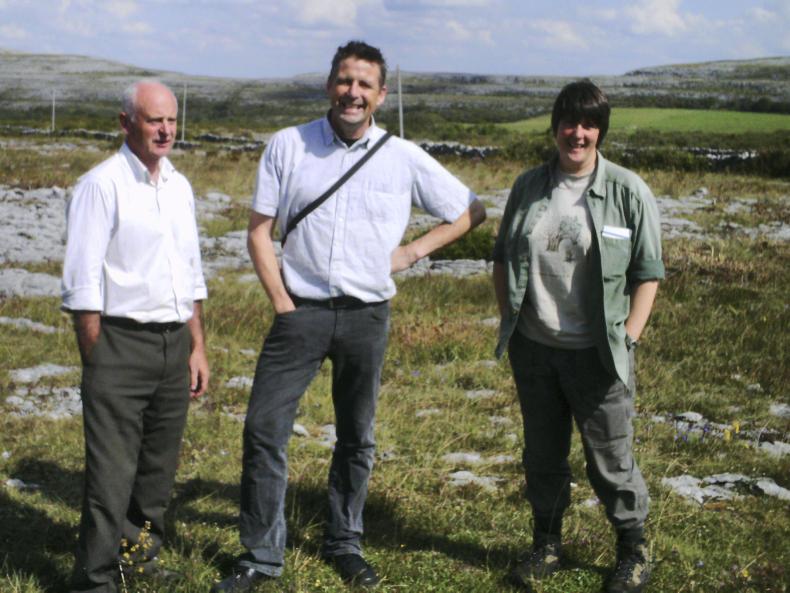
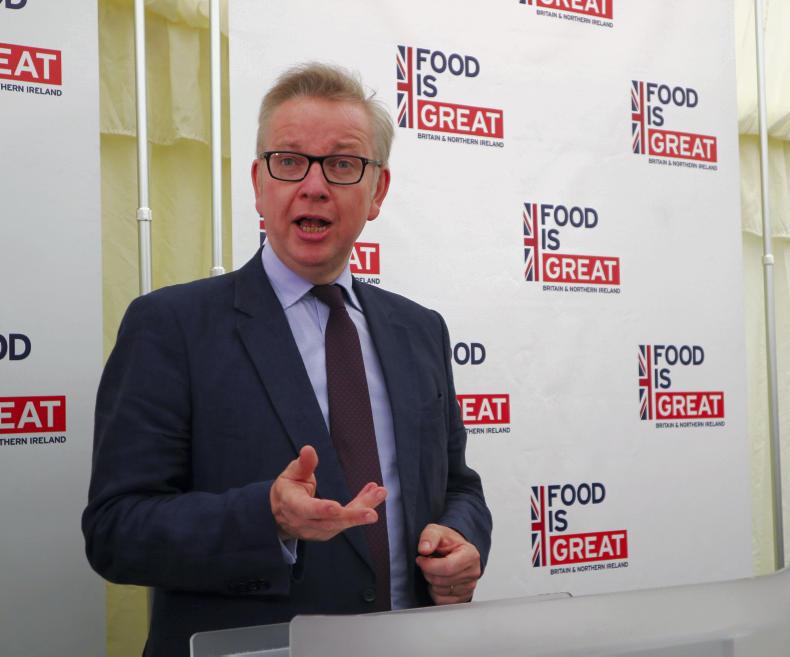
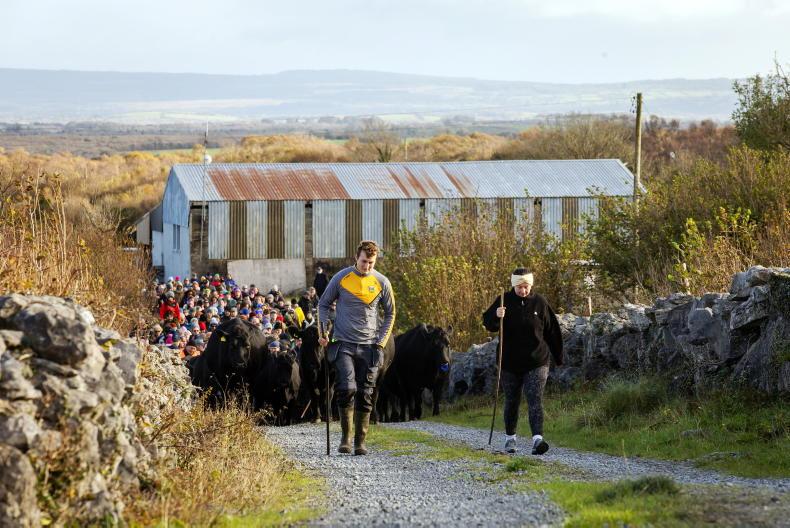
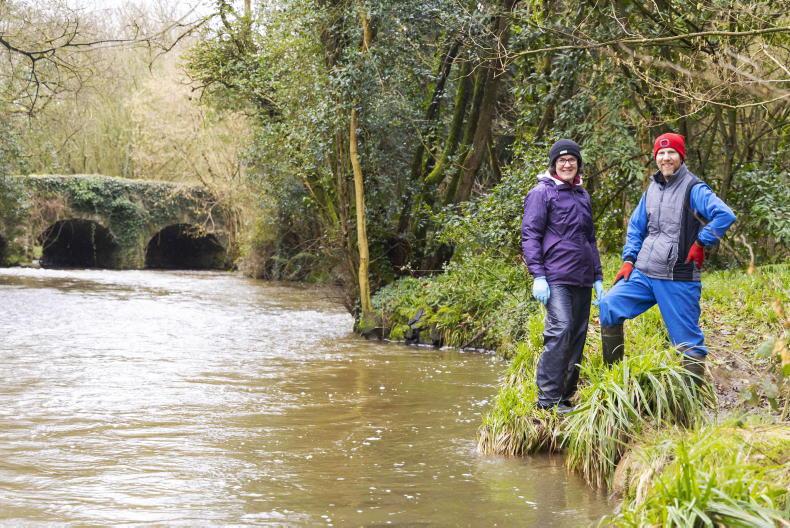
SHARING OPTIONS